Cats are enigmatic creatures, often leaving their owners puzzled by their quirky behaviors. Among the many mysteries is their undeniable attraction to wand toys. But what is it about these simple playthings that captivate our feline friends so completely? Let's delve into the world of cats and their beloved wand toys to uncover the secrets behind this feline fancy.
Key Takeaways:
- Wand toys stimulate a cat's natural hunting instincts, making playtime both fun and fulfilling.
- The variety of wand toy attachments can keep a cat's interest peaked, ensuring they stay engaged and active.
- Regular play sessions with wand toys can improve a cat's physical health and emotional well-being.
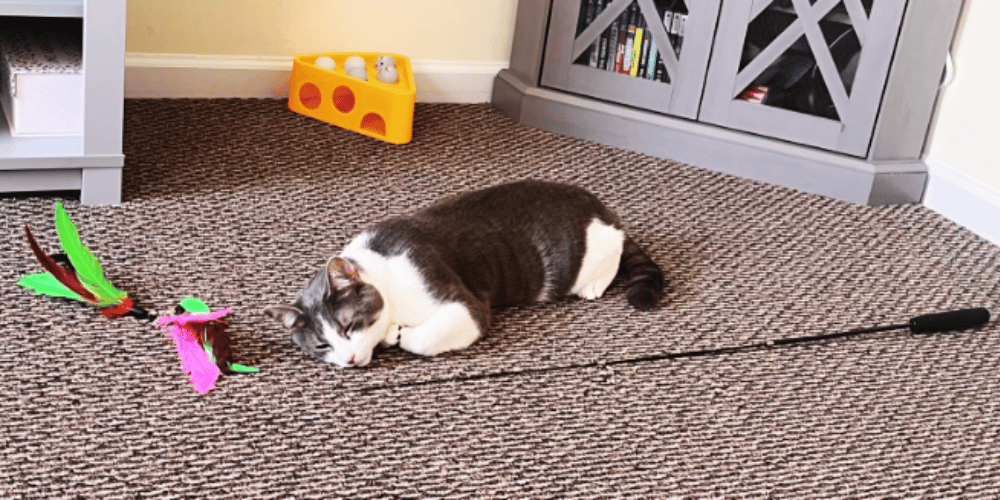
The Allure of the Hunt
Cats are born hunters, and this instinct doesn't fade even in the comfort of a modern home. Wand toys tap into this primal urge by mimicking the movements of prey. As the toy darts and dives, your cat's hunting instincts kick in, compelling them to watch, stalk, and pounce. This not only provides a thrilling game for your pet but also a sense of accomplishment with every successful hunt.
A Symphony of Senses
Wand toys are not just about the chase; they engage multiple senses. The rustling sound of feathers or the slight flutter of a fabric tail can send a cat into a state of heightened alertness. As the wand toy moves, it creates a visual spectacle that keeps your cat's eyes locked on and their body ready to spring into action. This multisensory experience is irresistible to most cats and is a key reason why they find wand toys so much fun.
The Joy of Interactive Playtime
Interactive playtime with a wand toy strengthens the bond between you and your feline friend. As you control the wand, you become part of the game, learning your cat's play style and preferences. This shared activity not only entertains your cat but also fosters trust and companionship, making wand toys a favorite for both pet and owner.
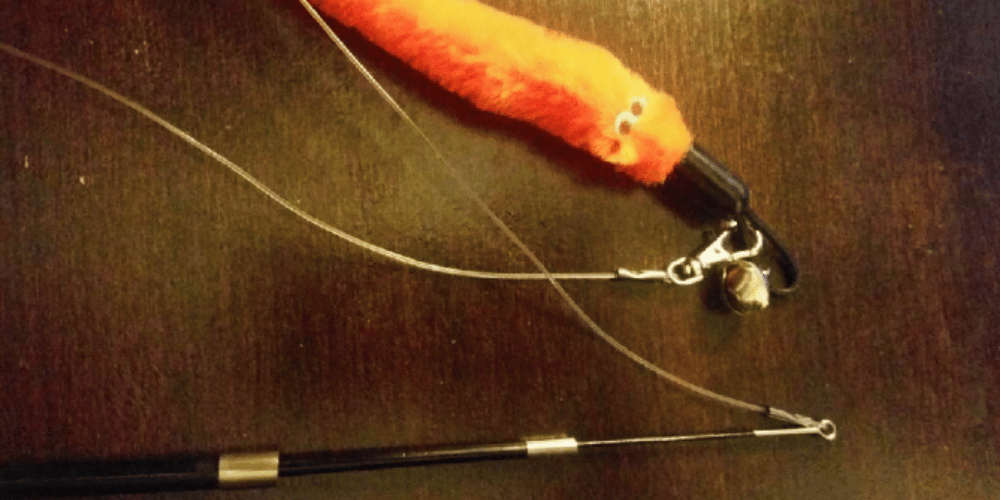
Variety is the Spice of Feline Life
Cats love wand toys partly because of the endless variety of attachments available. From feathers that resemble birds to small plush mice that mimic a cat's natural prey, these attachments can be easily switched out to keep your cat's interest. This variety prevents boredom and keeps your kitty guessing, ensuring that play sessions remain exciting and new.
The Psychological Benefits of Play for Cats
Cats are not just cute and cuddly; they are complex creatures with psychological needs that can be met through play. When a cat engages in a play session with their favorite wand toy, it's not just about the physical exercise. The act of chasing and attempting to cat catch the toy can provide mental stimulation that keeps their minds sharp and focused. This is especially important for indoor cats who might not have as many opportunities to engage with the outside world. By simulating the experience of hunting, wand toys help satisfy a cat's instinctual drive, preventing boredom and potential behavioral issues.
Moreover, interactive play with toys that resemble prey, such as a bird or mouse dangling from a string, can help reduce stress and anxiety in felines. When a cat's head is low to the ground, stalking their toy, they are fully immersed in the moment, which can be a form of mindfulness for them. This type of focused play can be a great way for cats to unwind after a stressful event, like a visit to the vet or a new dog barking on the other side of the fence. It's a natural and healthy way for them to cope with the challenges of their environment.
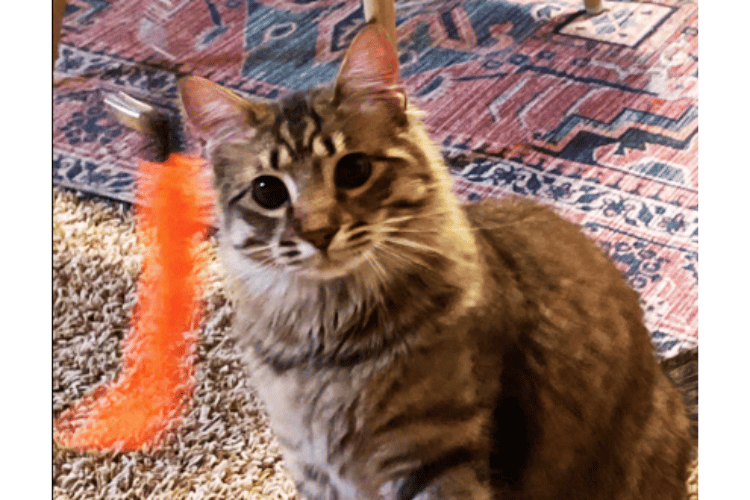
The Role of Texture and Sound in Cat Toys
When it comes to cat toys, texture and sound play a significant role in captivating a cat's attention. Cats prefer toys that not only fly through the air or scurry across the ground but also have a variety of textures and sounds that mimic the feel and noise of real prey. A wand toy with feathers that rustle like a bird in flight or a crinkly fabric that sounds like a scurrying mouse can be irresistible to a playful kitten. These sensory details can make the difference between a toy that is ignored and one that becomes a cat's go-to for playtime.
Additionally, incorporating different materials such as soft plush, rough sisal, or even catnip-infused fabrics can enhance the interactive play experience. Cats use their paws and mouths to explore the world, and a variety of textures can keep them engaged for longer periods. Some cats might show a preference for biting into a soft toy, while others might enjoy the sensation of pulling at a string with their claws. By offering a box of toys with diverse textures and sounds, cat owners can ensure that their pets remain interested and excited about playing, which is essential for their overall well-being.
Indoor Cats and Their Need for Exercise
For indoor cats, wand toys are especially important. Without the opportunity to roam and hunt, indoor cats need an outlet for their pent-up energy. Wand toys provide a fun way to get your cat moving, jumping, and stretching, which is vital for their physical health. Regular play can help prevent obesity and keep your cat in tip-top shape.
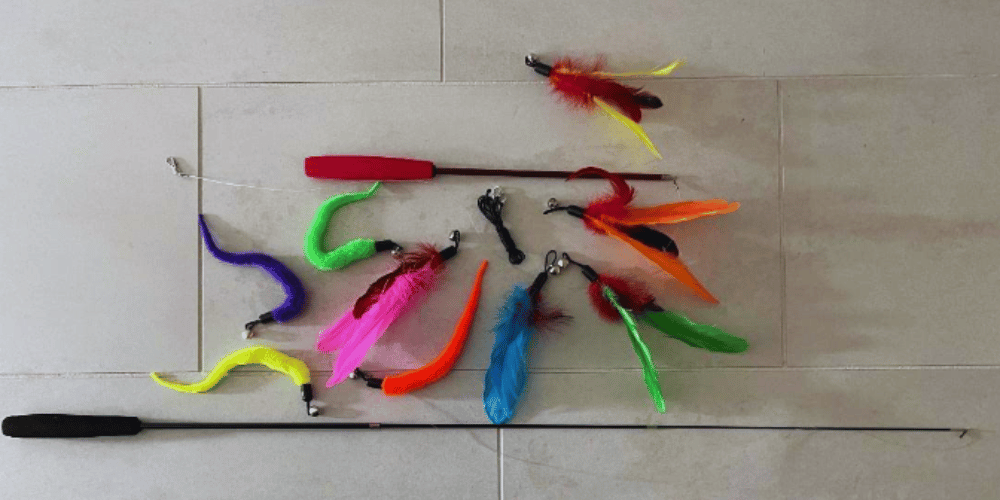
The Thrill of the Catch
The moment a cat catches the wand toy is a crucial part of the appeal. This moment simulates the end of a hunt, giving your cat a sense of achievement. Whether they bite, paw, or hold their prize, the act of catching the toy satisfies their natural desire to hunt and kill, even if it's just a game.
Wand Toys as a Tool for Training
Believe it or not, wand toys can also be used as training tools. They can help teach kittens and cats proper play behavior, redirecting their paws from your hands to an appropriate target. With consistent use, wand toys can help your cat understand the boundaries of play and discourage unwanted scratching or biting.
The Social Aspect of Wand Toys
Cats, like humans, can enjoy social interactions, and wand toys can be a great way to introduce this element into playtime. Whether it's with other cats in the house or with their human companions, wand toys encourage a form of social play that can be beneficial for a cat's emotional health.
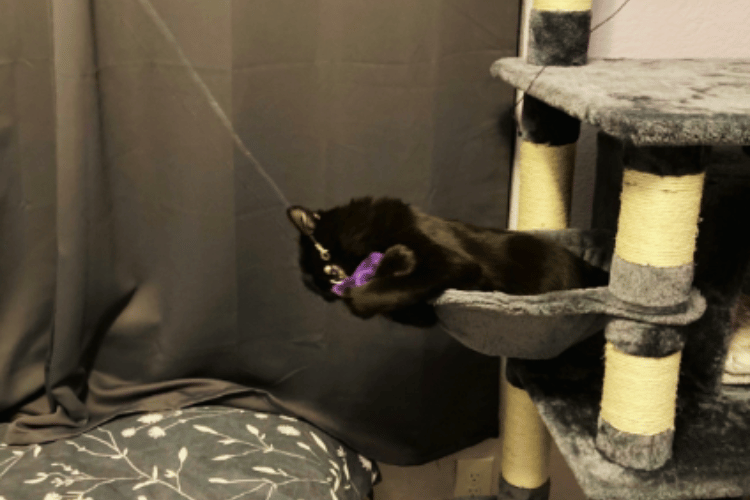
Bonus Tip: Introducing a New Toy
When introducing a new wand toy to your cat, it's important to do so gradually. Start by allowing your cat to observe the new toy from a distance, then slowly bring it closer. Encourage your cat to investigate and interact with the toy at their own pace. This approach helps build curiosity and excitement, making the new toy a welcome addition to their collection.
Summary
Wand toys are more than just a simple amusement for cats; they are a conduit to their wild instincts, a source of exercise, and a means of bonding with their human companions. The variety of attachments and the interactive nature of these toys keep cats engaged, healthy, and happy. By understanding why cats love wand toys so much, we can enhance our pet's lives and enjoy countless hours of playful companionship.
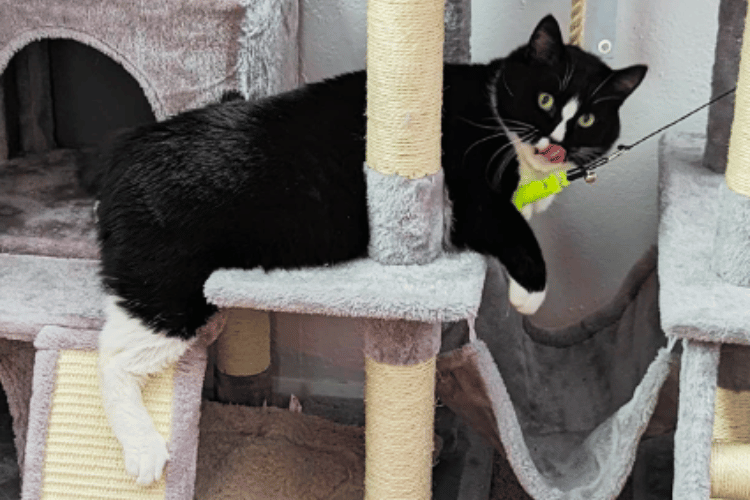
FAQ Section
Q: How often should I play with my cat using a wand toy? A: Aim for at least two play sessions a day, each lasting around 10-15 minutes. This will help keep your cat's body and mind active.
Q: Can wand toys help with my cat's behavioral issues? A: Yes, regular play with wand toys can help alleviate issues like aggression and boredom, which can lead to destructive behavior.
Q: Are wand toys safe for my cat to play with unsupervised? A: It's best to supervise your cat during play sessions with wand toys to prevent any accidental ingestion of toy parts or materials. Always store wand toys out of reach when not in use.
Thank you for visiting LegitLists we hope this helps you make a legitimate choice!






